The Zambezi River is one of the most iconic and ecologically significant waterways in Africa, stretching over 2,200 miles (3,540 km) across south-central Africa. This mighty river and its surrounding basin support a diverse array of wildlife, from the majestic Victoria Falls to the lush floodplains and wetlands that dot its course. However, the Zambezi’s wildlife and natural habitats face a range of threats, including habitat loss, poaching, unsustainable resource extraction, and the impacts of climate change. Effective wildlife conservation efforts are crucial to protecting the Zambezi’s rich biodiversity for generations to come.
Biodiversity and Ecosystems
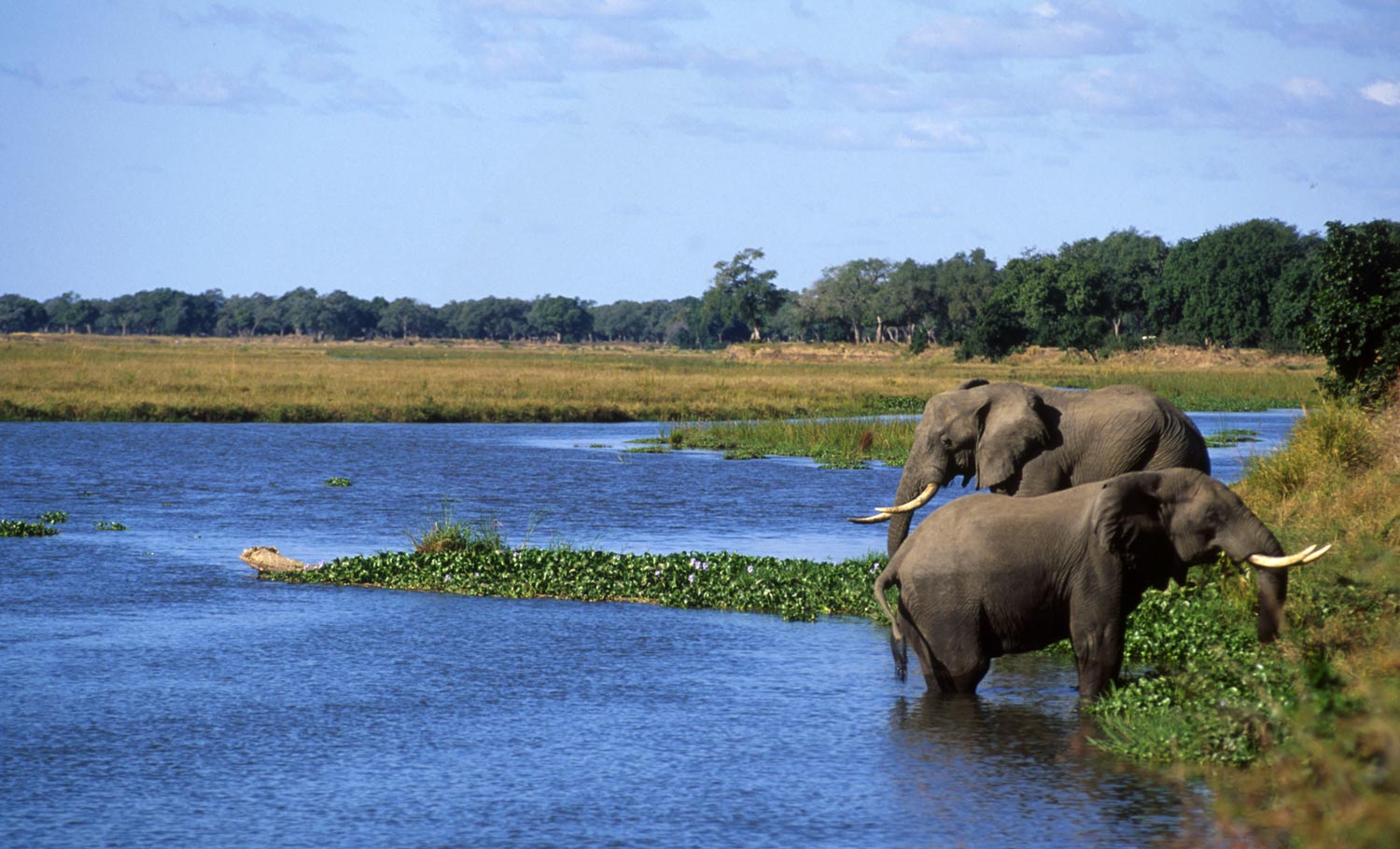
The Zambezi River basin is home to an incredible diversity of plant and animal life. The river itself and its associated wetlands, floodplains, and riparian forests support a wide range of aquatic and terrestrial species. The basin falls within several major ecoregions, including the Zambezian and Mopane woodlands, the Zambezian Baikiaea woodlands, and the Zambezian and Mopane flooded grasslands. Some of the key wildlife species found in the Zambezi basin include:
- Large mammals: African elephant, African buffalo, hippopotamus, Nile crocodile, lion, leopard, cheetah, African wild dog, sable antelope, roan antelope, eland, and more.
- Primates: Chacma baboon, vervet monkey, and several species of colobus and mangabey monkeys.
- Birds: Over 400 species, including the Pel’s fishing owl, African skimmer, and the endangered wattled crane.
- Fish: Over 80 species, including the iconic tigerfish, Zambezi bream, and several species of catfish and barbell.
- Reptiles and amphibians: Nile monitor, African rock python, Nile crocodile, and various species of frogs, toads, and snakes.
- Invertebrates: A diverse array of insects, spiders, crustaceans, and mollusks.
- The Zambezi’s diverse ecosystems provide critical habitat, food, and resources for this rich array of wildlife. The river’s seasonal flooding patterns, for example, help maintain the health and productivity of the floodplains and wetlands, which serve as important breeding and feeding grounds for many species.
Threats to Wildlife

Despite the Zambezi’s ecological importance, the region’s wildlife and habitats face a range of threats that jeopardize their long-term survival. Some of the key threats include:
- Habitat Loss and Degradation: The Zambezi basin has experienced significant habitat loss and fragmentation due to factors such as agricultural expansion, urban development, infrastructure projects (e.g., dams, roads, mining), and unsustainable resource extraction (e.g., logging, charcoal production). This can disrupt wildlife movement, reduce available habitat, and increase human-wildlife conflict.
- Poaching and Illegal Wildlife Trade: Poaching for bushmeat, ivory, rhino horn, and other wildlife products remains a significant threat in the Zambezi basin. Organized criminal networks and local communities engaged in subsistence poaching can have devastating impacts on vulnerable species, such as elephants, rhinos, and pangolins.
- Unsustainable Resource Extraction: Mining, oil and gas development, and large-scale agriculture in the Zambezi basin can lead to habitat destruction, water pollution, and the disruption of wildlife populations. These activities often occur with inadequate environmental safeguards and oversight.
- Climate Change: The Zambezi basin is expected to experience more frequent and severe droughts, floods, and other extreme weather events due to climate change. These changes can disrupt ecosystem functioning, reduce water availability, and increase the vulnerability of wildlife populations.
- Human-Wildlife Conflict: As human settlements and activities encroach on wildlife habitats, the potential for conflicts between people and animals, such as crop raiding, livestock predation, and human injury or death, increases. This can lead to retaliatory killings of wildlife and further undermine conservation efforts.
- Invasive Species: The introduction of non-native plant and animal species can disrupt the Zambezi’s ecosystems, outcompete native species, and alter the delicate balance of the region’s biodiversity.
Conservation Efforts
In response to these threats, a range of conservation initiatives and strategies have been implemented across the Zambezi River basin. These efforts involve a combination of governmental, non-governmental, and community-based approaches, with a focus on protecting key habitats, combating poaching and illegal wildlife trade, and promoting sustainable resource use.
Protected Areas and Transboundary Cooperation

One of the primary conservation strategies in the Zambezi basin is the establishment and management of protected areas, such as national parks, game reserves, and community-based natural resource management (CBNRM) areas. These protected areas safeguard critical habitats and provide refuge for a wide range of wildlife species. Some of the key protected areas in the Zambezi basin include:
- Mosi-oa-Tunya National Park (Zambia)
- Hwange National Park (Zimbabwe)
- Chobe National Park (Botswana)
- Luangwa Valley (Zambia)
- Zambezi National Park (Zimbabwe)
- Gonarezhou National Park (Zimbabwe)
- Limpopo National Park (Mozambique)
Many of these protected areas are part of larger transboundary conservation initiatives, such as the Kavango-Zambezi Transfrontier Conservation Area (KAZA TFCA), which spans five countries (Angola, Botswana, Namibia, Zambia, and Zimbabwe) and covers an area of over 520,000 square kilometers. These collaborative efforts facilitate the coordination of management strategies, the sharing of resources and expertise, and the promotion of sustainable tourism and community engagement across national borders.
Anti-poaching and Law Enforcement
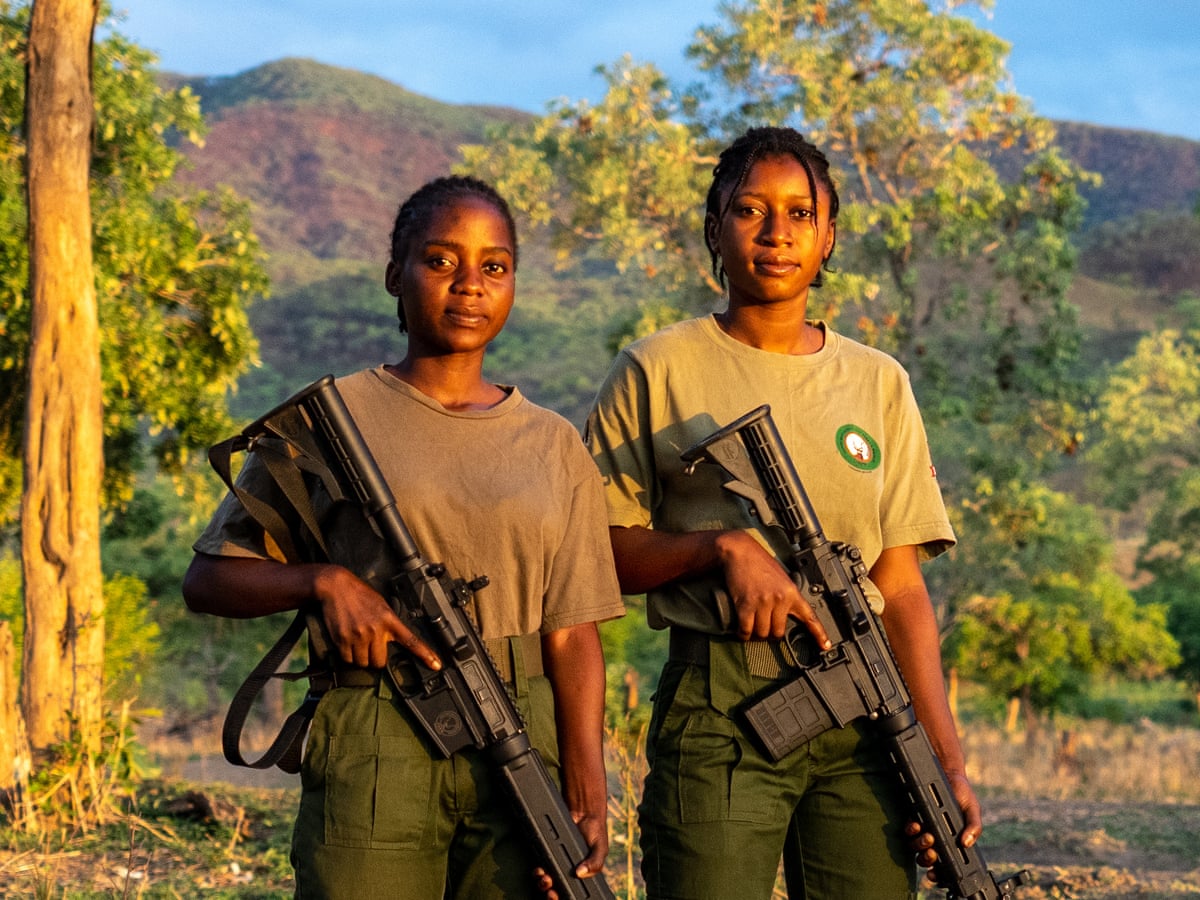
Combating poaching and the illegal wildlife trade is a critical component of conservation efforts in the Zambezi basin. Strategies include:
- Strengthening law enforcement and anti-poaching patrols in protected areas, with the support of specialized wildlife rangers, K-9 units, and intelligence-led operations.
- Improving cross-border cooperation and information-sharing between law enforcement agencies to disrupt poaching and trafficking networks.
- Implementing demand reduction campaigns to reduce the consumer demand for wildlife products.
- Providing alternative livelihoods and economic opportunities for local communities to reduce their reliance on poaching and the illegal wildlife trade.
Sustainable Resource Management
Promoting the sustainable use of natural resources in the Zambezi basin is essential for balancing the needs of both wildlife and human communities. Strategies include:
- Implementing sustainable forestry practices, such as selective logging and reforestation, to maintain the health of the region’s woodlands and forests.
- Developing and supporting community-based natural resource management (CBNRM) programs, which empower local communities to manage and benefit from the sustainable use of natural resources within their territories.
- Promoting sustainable agricultural practices, such as agroforestry and conservation agriculture, to reduce the environmental impact of farming and maintain ecosystem services.
- Regulating and monitoring the extraction of minerals, oil, and gas to minimize the impact on wildlife habitats and water resources.
Ecotourism and Community Engagement

- Ecotourism and community engagement are important components of conservation efforts in the Zambezi basin. Strategies include:
- Developing sustainable tourism initiatives that generate revenue for conservation efforts and provide economic opportunities for local communities.
- Engaging local communities in the planning and management of protected areas and conservation initiatives, ensuring that they have a stake in the long-term success of these efforts.
- Providing environmental education and awareness programs to foster a sense of stewardship and support for wildlife conservation among local communities.
Challenges and the Way Forward
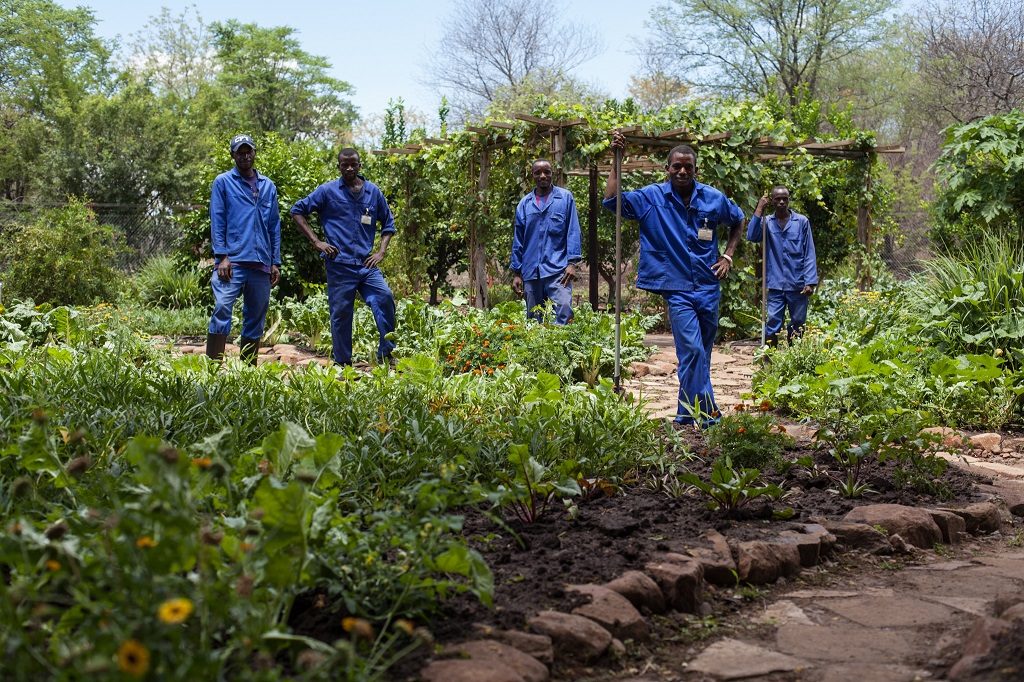
While significant progress has been made in wildlife conservation around the Zambezi River, there are still numerous challenges that must be addressed to ensure the long-term protection of the region’s biodiversity. Some of the key challenges include:
- Inadequate Funding and Resources: Many conservation initiatives in the Zambezi basin are underfunded, limiting their ability to effectively implement and sustain their activities.
- Weak Governance and Enforcement: In some areas, poor governance, corruption, and a lack of political will can undermine the enforcement of environmental regulations and the implementation of conservation strategies.
- Competing Land Use Priorities: The need to balance wildlife conservation with economic development and resource extraction can create tensions and trade-offs that are difficult to resolve.
- Climate Change Impacts: The Zambezi basin is highly vulnerable to the effects of climate change, which can exacerbate existing threats and require the adaptation of conservation strategies.
- Transboundary Coordination Challenges: Coordinating conservation efforts across multiple countries with different political, economic, and social contexts can be complex and challenging.

To address these challenges and ensure the long-term protection of the Zambezi’s wildlife and ecosystems, a comprehensive and collaborative approach is needed. This may involve:
- Increasing funding and resources for conservation initiatives, including through innovative financing mechanisms and public-private partnerships.
- Strengthening governance, law enforcement, and the rule of law to combat corruption and ensure the effective implementation of environmental regulations.
- Fostering cross-border cooperation and harmonizing conservation policies and strategies across the Zambezi basin.
- Integrating climate change adaptation measures into conservation planning and management.
- Empowering and engaging local communities as active partners in conservation efforts.
- Promoting sustainable development and resource use practices that balance the needs of wildlife and human communities.
By addressing these challenges and building on the successes of existing conservation initiatives, it is possible to safeguard the Zambezi River basin’s rich biodiversity and ensure that its wildlife and natural resources are protected for generations to come.
Conclusion
The Zambezi River basin is a remarkable and ecologically significant region, home to a diverse array of wildlife and critical habitats. However, the region’s biodiversity faces a range of threats, including habitat loss, poaching, unsustainable resource extraction, and the impacts of climate change. Effective wildlife conservation efforts are crucial to protecting the Zambezi’s rich natural heritage.
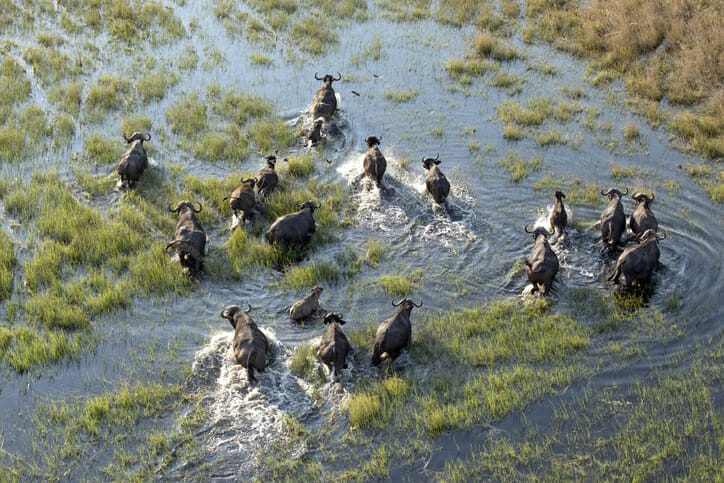
Through a combination of protected area management, transboundary cooperation, anti-poaching initiatives, sustainable resource use, and community engagement, significant progress has been made in conserving the Zambezi’s wildlife and ecosystems. Yet, challenges remain, and a continued, collaborative, and comprehensive approach is needed to ensure the long-term protection of this vital African river basin.
By addressing the threats, strengthening conservation strategies, and empowering local communities, it is possible to safeguard the Zambezi’s biodiversity and ensure that its wildlife and natural resources are preserved for generations to come. The Zambezi River basin is a true natural wonder, and its conservation is essential for the well-being of both the region’s wildlife and the human communities that depend on its resources.

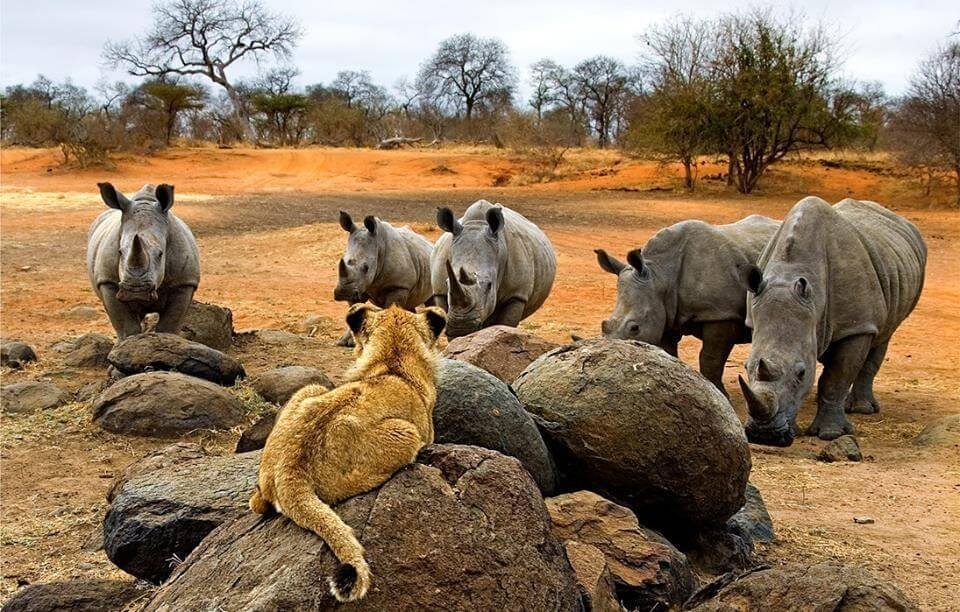
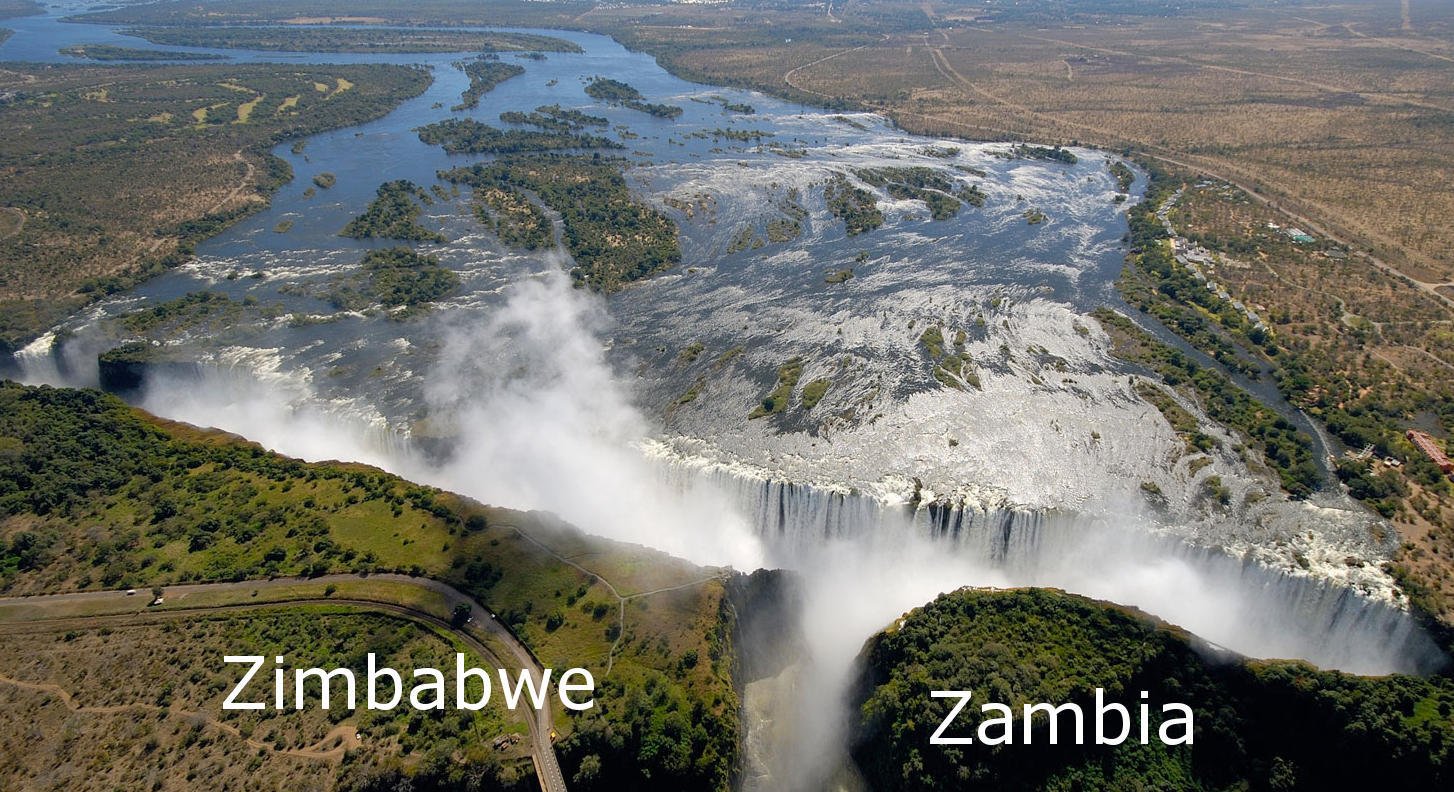
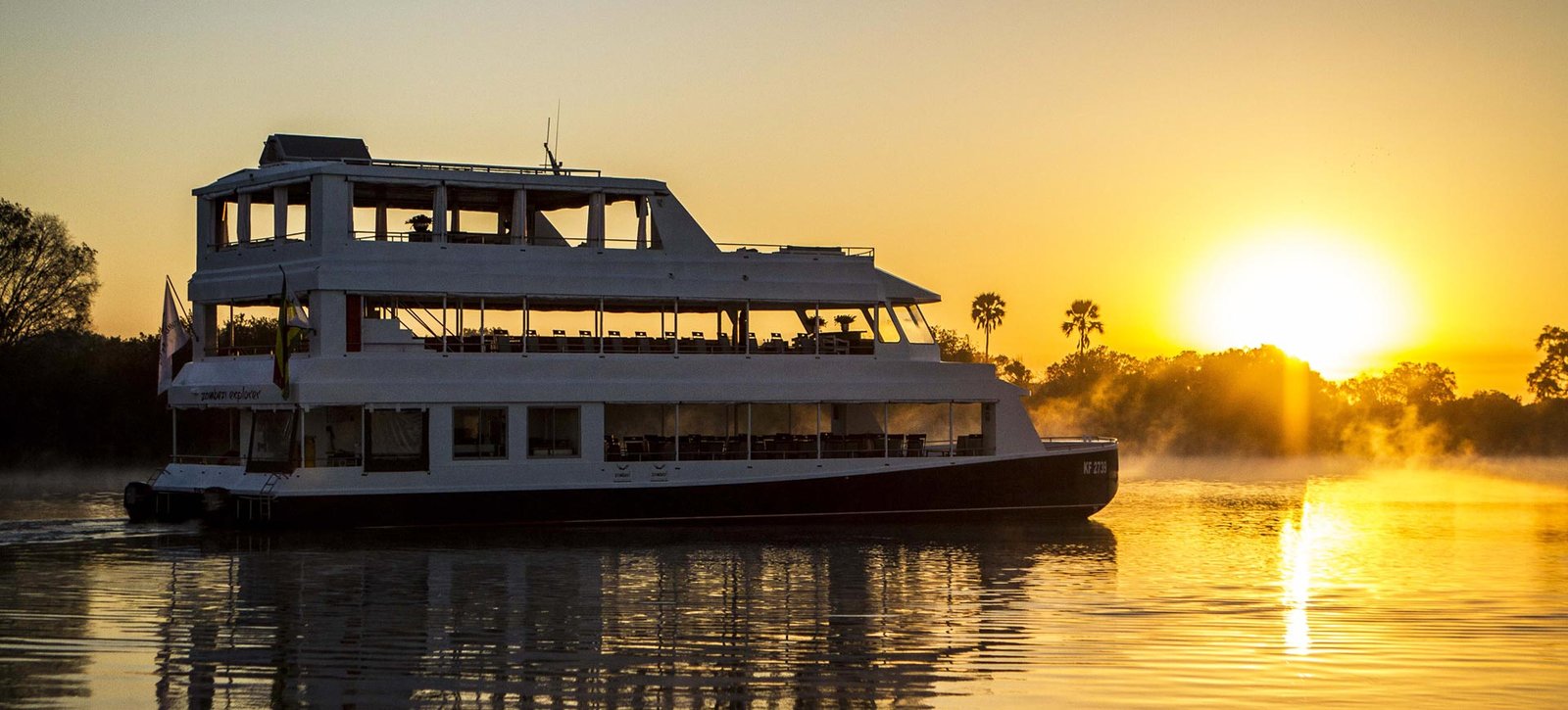
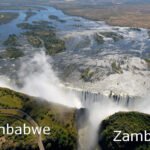

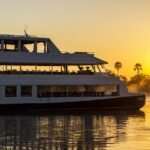
Leave a Reply